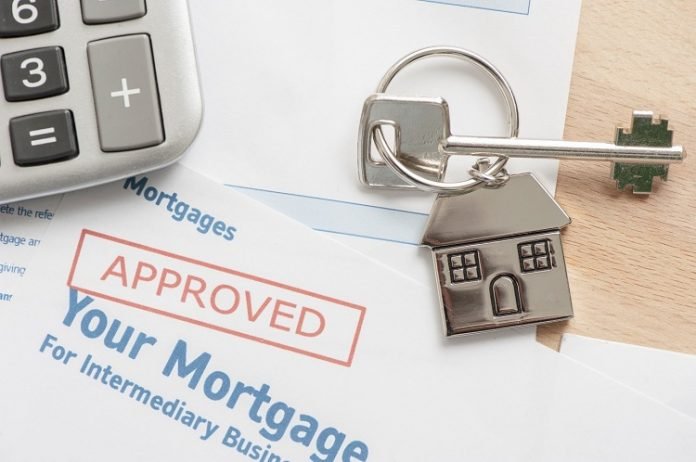Last Updated on August 6, 2024 by Ali Hamza
Did you know about 8.5 million households are recipients of FHA loans?
Are you thinking about buying a home and want to know what type of mortgage is right for you? If you’ve heard about FHA loans and want to see if you qualify, you came to the right place.
Read on to learn how FHA mortgage rates differ from conventional mortgages.
Table of Contents
What Are FHA Loans?
An FHA loan is a government-backed mortgage that the Federal Housing Administration insures. Because the government backs this loan, the down-payment and credit score requirements are a lot lower than a conventional loan.
FHA loans are most attractive to first-time homeowners because of the more lenient requirements. In 2020, 83 percent of FHA loan recipients were first-time homeowners.
What Are the Terms of an FHA Loan?
Because FHA loans help homeowners purchase a house when they don’t have a high credit score or a 20 percent downpayment, the underwriting of these loans is more flexible.
Similar to conventional loans, borrowers can choose between a 15-year or 30-year term loans.
However, because most FHA loan recipients don’t put down 20 percent, the terms require them to obtain mortgage insurance. Borrowers will have the option of choosing between an upfront mortgage insurance premium or an annual mortgage insurance premium.
If you choose an upfront mortgage insurance premium, you will have to pay 1.75 percent of the total loan amount. Fortunately, borrowers can add it to the financed amount.
An annual mortgage insurance premium, on the other hand, can range between 0.45 to 1.05 percent of the loan amount. For example, if you borrow $200,000, your insurance premium can be between $900 ($75 per month) to $2,100 ($175), depending on the terms.
How Can You Qualify for an FHA Loan?
To qualify for an FHA loan, the Federal Housing Association has set specific criteria. While individuals with lower credit scores can be eligible for a loan, there are specific guidelines for how much you can put down.
Individuals who want to put 3.5% down should have a FICO credit score of at least 580. You can still qualify for an FHA loan if your score is between 500 to 579, but you will need a downpayment of 10 percent.
You will need to show proof of income, so you need to be prepared to have pay stubs, bank statements, and tax returns.
FHA guidelines also require you to use the loan as a primary residence and be appraised by an FHA-appraiser. Also, you will need your debt-to-income ratio to be lower than 31 percent of your monthly income.
The interest rates of an FHA loan are also at a fixed rate- so you don’t have to worry about them increasing over time.
To what type of loan you qualify for, check out https://chadschwendeman.com/.
Now You Know How FHA Mortgage Rates Differ
Now that you know how FHA mortgage rates differ from a conventional loan, you can decide if they’re right for you.
The Federal Housing Association backs FHA loans, and they offer loans primarily to first-time homeowners; they offer 15 to 30-year terms and have fixed interest rates.
If you enjoyed this article and would like to learn more, check out the rest of our blog.
Read More: How to Choose a Mortgage: Everything You Need to Know



























